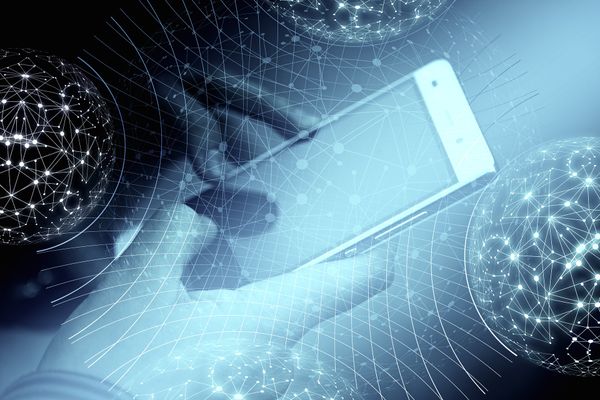IoT Is Helping Us Lead Greener, Easier Lives

Internet of Things technology exists for our convenience, but it can also reduce pollution or save money and resources. The IoT can minimize negative effects of our lives and businesses on the environment, ensuring we use only the necessary amount of resources or reuse food waste.
Take smart irrigation systems, for example. Without an IoT platform that controls the water flow and runs it according to a schedule, traditional methods can generate significant losses because they don’t allow farmers to accurately monitor and program sprinklers. This may lead to situations where irrigation is turned on while it’s raining outside.
Sensors that collect data from above and below ground make it possible to adjust the water flow and time to weather conditions and humidity in the soil. American retail company Lowe’s was able to save an estimated $5 million annually in water bills and 650 million gallons of water. That’s a substantial difference because of the size of the business but it would still have an impact in the long run if applied on a smaller scale.
Using food waste to create clean, renewable energy is another area where IoT can help preserve the environment and improve our lives. Instead of taking their food waste to landfills, businesses can turn it into energy or send it to someone who can. A device that turns garbage into energy is called Grind2Energy and at the core of its successful operation is an IoT platform.
David Krems, general manager of the commercial solutions group at Emerson, tells Fast Company that the idea for their product only took off when they incorporated sensors into the processing table and the tank that hosts the food waste, the slurry.
“You only want to add the water necessary to grind the waste and keep it pumpable,” Krems explains. “So having a sensor on the grinder chamber has improved the slurry and diminished the amount of water our customers have to use.”
Mauricio Medaets, business operations and development manager of the Emerson business unit, adds that “without an integrated IoT solution, we needed to physically go to certain sites to collect data. You can imagine how difficult it would have been to scale under those circumstances.”
Building managers can also reduce waste and a building’s carbon footprint by incorporating IoT into monitoring systems. Regular checkups can only do so much to spot problems, but connectivity gathers impressive amounts of data. Sensors pick up even the smallest issue or leak, and the waste is instantly quantifiable by comparing the data – more importantly, the problem will be fixed right away.
The lack of quick visibility makes energy management especially daunting. By putting tiny, wireless sensors on pumps, fans, motors, lighting, generators, and boilers, building managers can now spot problems instantly, lowering energy costs while also lengthening the lifespan of equipment that would otherwise sputter without repairs.
Data gathering and connectivity not only allow for a more accurate perspective on a given situation, they also pave the way for finding a solution for the tiniest issue. IoT, despite all its flaws, can help us lead more sustainable, more efficient, and easier lives.
Image credit: ejaugsburg
tags
Author
Right now Top posts
Start Cyber Resilience and Don’t Be an April Fool This Spring and Beyond
April 01, 2024
Spam trends of the week: Cybercrooks phish for QuickBooks, American Express and banking accounts
November 28, 2023
FOLLOW US ON SOCIAL MEDIA
You might also like
Bookmarks








